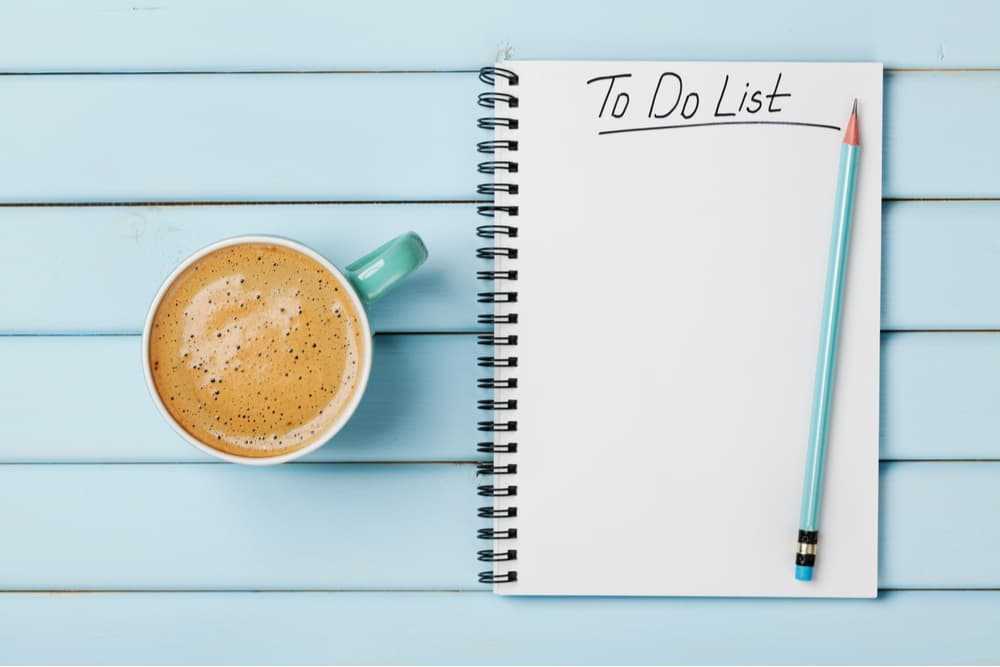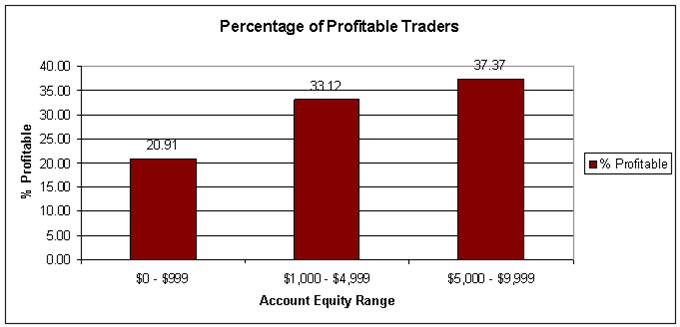Traders like boy scouts must Be Prepared! This blog aims to explain why traders need a ‘Trading Plan’ - to define goals and set out how to achieve them.
To be a successful trader a right trading plan is a must. Regardless of which asset or market that you are trading, if you jump feet first into the markets your probability of succeeding will be very much diminished. Of course, the plan might change depending on your trading style: some are more into risk, other like to stay conservative, and we can find successful traders in both categories.
Remember to be the best, you need to beat the best. And the best traders have made a detailed trading plan for themselves. A trading plan is quite simply an outline of your intended trading activities. It is similar to a to do list and will help you conserve a good trading discipline.

The main idea of this trading plan is to set out a list of rules and guidelines that you will adhere to when trading. The trading plan covers the what, why, when and how much questions. This is a personal plan that can help you avoid silly mistakes and then when you do make mistakes, helps you back on track towards your goal.
Write it down!
As with any rule that you may set yourself, such as new year’s resolution, it has been proven that if you write the rule down, you are much more likely to stick to them. Trading plans are more likely to work and help you on the road to becoming a successful trader when they are written down.
A quick moment for honesty here: most of us can’t be bothered to write all this ‘planning stuff’ down. There are lots of good reasons not to do it- work, family commitments, don’t have a pen and notepad to hand etc. There is one good reason to do it - it’s puts you in the small percentage of people who are committed enough to be successful, giving you a solid trading discipline.
How to start
Using someone else’s outline to create a trading plan makes starting the process very easy, there is no need to reinvent the wheel. BUT the answers to the questions must be personal. This document needs to help you with your decision making, therefore it needs to consider your attitude towards trading.
It is important to remember that a trading plan differs from a trading strategy. A trading strategy tells you exactly how you should be entering your trade, for example, buy Gold after the Fed meeting at $1410. A trading plan is much broader than this. A trading strategy will be included inside the scope of a trading plan.
7 important questions to answer
Keep in mind that everything needs to be a rule or guideline. Now pose yourself the following questions and you will start to create your trading plan.

1. Why do you want to be a trader?
2. How much time can you commit to trading / how frequently will you be trading?
3. What is your risk appetite?
4. How much capital can you deploy into trading?
5. What markets will you trade?
6. What is your edge?
7. How will you evaluate your trading performance?
These are the basics of a trading plan- it can be expanded over time but just having these puts you in the top echelon of committed traders. Let’s have a look at each question in more detail and consider why it is important.
Why do you want to trade?
The immediate and obvious response is to make money, but it is worth thinking a little deeper. What will more money give you? Freedom, a new car, a dream house? And is just a bit of extra income you want- or are you quitting your job to focus on trading full time?
These questions will help you understand what type of trader you will be and keep you realistic about what input - and thus output you can get from trading. If you are trading for a bit of fun on the side of a main job, this is very different to trading full time to earn a living.
How frequently will you trade?
This is all about establishing how often you will trade. It is important to determine the frequency of your trading in order to make it consistent. Trading 100x per day or once per month are both legitimate approaches as long as they are understood and consistently applied.
For example, if you intend to be a day trader you will set out the number of trades you plan to take over 24 hours. If you are swing trading and hold positions for a few days, then it’s better to plan for a week. It is your choice whether to set a maximum or minimum number of trades but it might be better to let the market dictate the opportunities it will offer you.
Be conservative. Less is often more in trading. You will find that if you limit the number of trades, you will give those trades more attention, giving them a higher probability for success- also we tend to be a little optimistic about how much free time we can really spare.
What is your risk appetite?
The first question is - are you a risk-taker or risk averse? In everyday life do you tend to take the safer or more aggressive choices? Secondly, you need to have a clear understanding of how much risk you are prepared to take on. You should know this on a per trade basis as well as overall on your account.
The expected risk: reward garnered from backtesting your trading strategy plays a part in this. For example, my stop loss will be 2% lower than my opening price. This is just an example; your actual stop distance should depend on the volatility of the market you are trading and the market structure.
How much capital?
How much can you afford to put towards trading. The golden rule of trading is “never risk more than you can afford to lose”. Trading is risky and there is a chance that you could lose all of your trading capital. Trading conservatively, with spare money not needed for anything necessary like bills etc will reduce stress and help prevent you blowing up your account. Still, the fact of the matter is that being well capitalised improves your chances of success

(source: DailyFX.com)
Take some time to look at your finances and figure out what you can afford to lose and therefore what you can afford to trade with. A demo account can be very useful if you don’t have enough capital currently available to get started.
What markets will you trade?
This will depend greatly on what type of trader you are and comes down to what information you are using to trade. For example if you work in some area like healthcare- and would like to focus on pharmaceutical stocks.
Typically a day trader will want to focus to big market movers, markets with tight spreads such as indices and forex in order to keep trading costs to a minimum, stocks in the news could also be of interest. The markets you are interested in you should set up in your watchlist on the platform so that you can keep a close eye on price movements. There is only so much you can plan in advance- and trading plans should be updated because you will discover through your trading results which markets you are better suited to trading.
What is your edge?
Keep this simple when you start out. Your trading edge should be kept to one or two setups. The more strategies you hope to master, the more complicated and more difficult it can become to be consistently make a profit. For example, morning range breakouts on markets with $100M in volume and tight spreads.
In summary: you need to be able to answer this question in one easy to understand sentence.
How will you evaluate your trading performance?
There are some important statistics to keep track of your trading results and your overall performance. This include win/loss rate, average win/average loss size, trade expectancy etc. We will cover this topic in more detail in a future blog.
Example trading plan:
These are some example answers to the questions above. The answers have been kept brief for this blog but as much color should be added as possible
1. Why do you want to be a trader? On the side to my day job
2. How frequently will you be trading? Swing trader, couple trades a week.
3. What is your risk appetite? Risk 2% capital, 1:2 risk to reward
4. How much capital can you put into trading? 10,000 CHF in first 6 months
5. What markets will you trade? FTSE, DAX
6. What is your edge? Markets with tight spreads, breakouts
7. How will you evaluate your trading performance? Every 10 trades & once per month
2 big benefits of having a trading plan
More objective (less emotional) trading - The principal benefit of using a trading plan is that it helps to remove emotional trading. One of the most common reasons for failure in trading is emotion. Having a solid trading plan means that you can (almost) remove that emotion from the decision-making progress.
A way to evaluate and improve – Following a trading plan enables you to identify why a trade is successful and why a trade fails. By keeping records and learning from past performance you are much more likely to progress as a trader towards being consistently profitable. In other terms, it will help you in achieving trading success.










